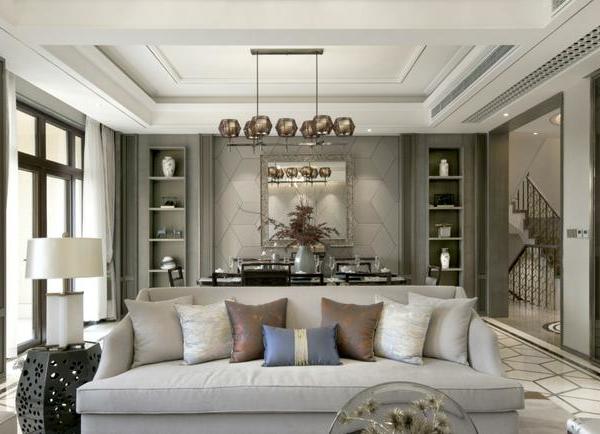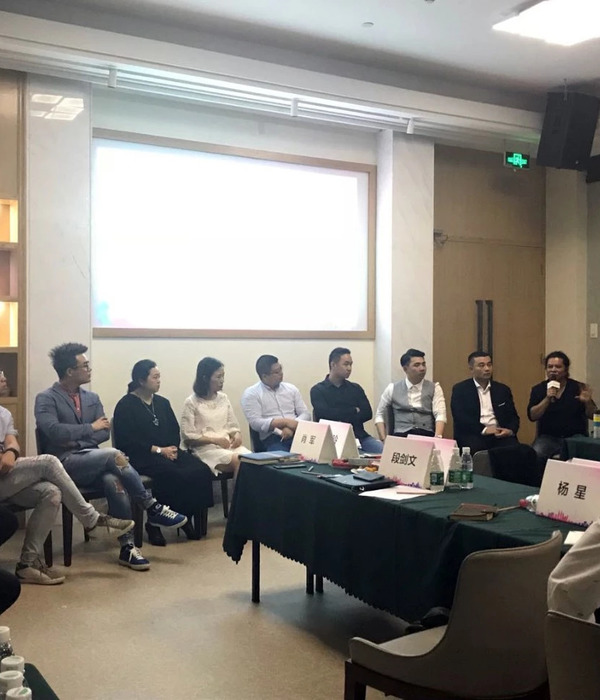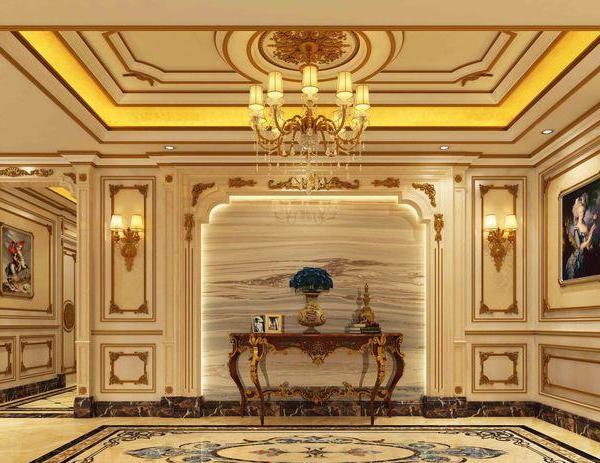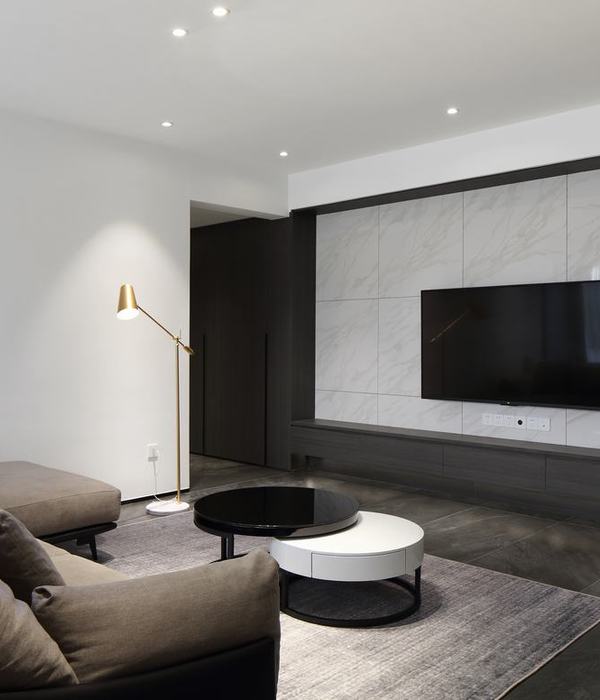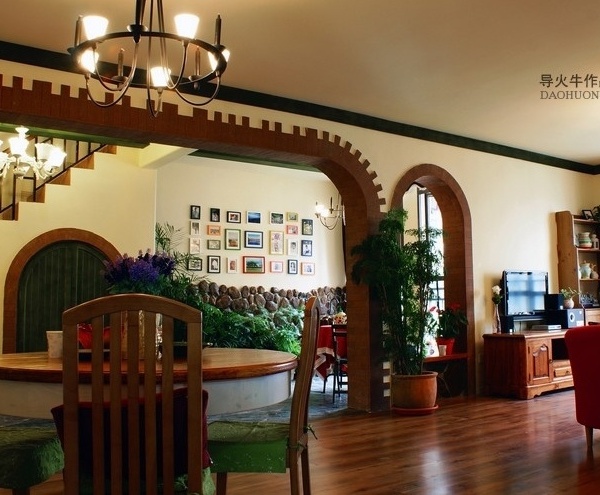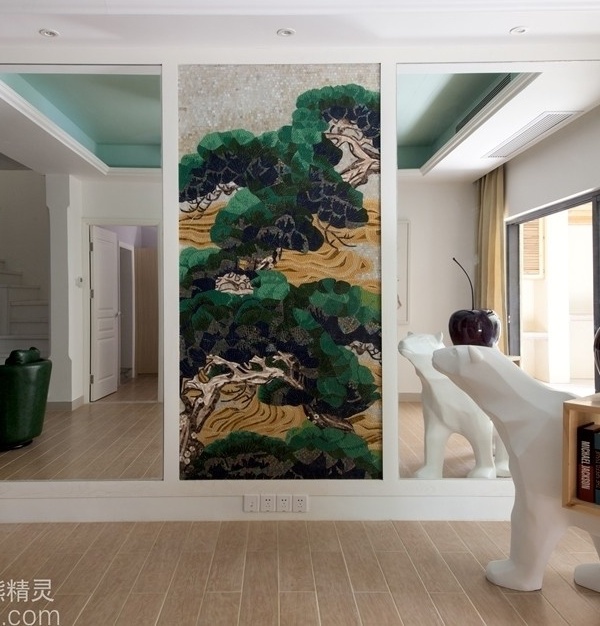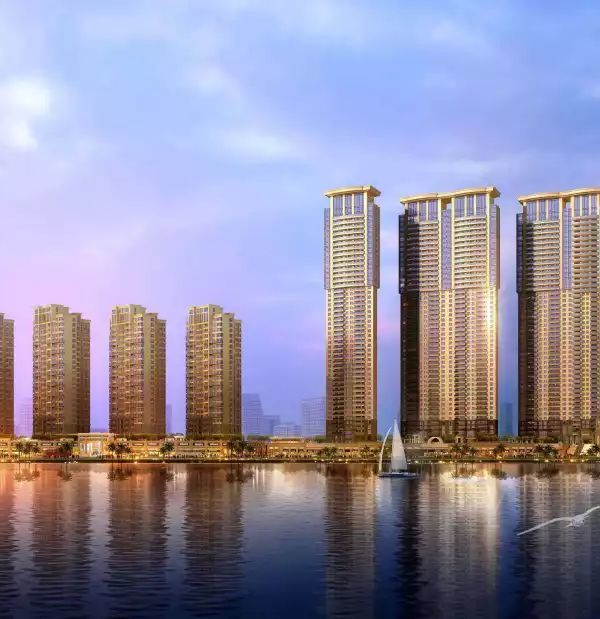非常感谢
Sergio Sebastián Franco
Appreciation towards Sergio Sebastián Franco for providing the following description:
Daroca地区历史古宅被折叠、升高,向公众展现城市的丰富历史。
The ground of the historical villa of Daroca folds and lifts to show the richness of its past to the public!
巨大的覆盖表层面向街道,位于下层的内空间展示历史文物。该建筑嵌入城市肌理中,是保护城市历史的新公共空间。
该遗址的历史可以追溯到9个世纪以前的建城时期。鉴于其丰富的历史文化背景,地区机构发起了概念设计比赛,旨在寻求停车区和考古展示区之间的平衡。这种尊重历史的态度为今后城市建设工作树立了良好的榜样。
The surface layer rises like a great cover revealing its core from the street, the valuable archaeological remains which have appeared under it. The building is generated from the urban fabric, as a new public space which covers and protects the history of this city.
The historical relevance of the remains allows to date back the city foundation nine centuries before, from medieval hypothesis origin to celtiberian period. Due to this the institution promoted an ideas competition, with the aim to solve the relation between the initial need of a Parking area andthe presence of the archaeological finding, considering that this attitude could be an example for the private local promoters.
获奖作品的解决方案是在城市中建立新的公共区域。该公共区域通过交叠的层次展现从2000年前一直到现在的不同时期。新公共区域是面向大众的博物馆,向市民展示该城市丰富的历史文化。
The winning project built a new public place in the village, understood as an overlapping of layers that belong to different times, since 2000 years ago until now; as a museum opened to the street, that shows to the citizen the richness of his own past.
考古学家团队发现了两座10thC伊斯兰中世纪住宅的墙壁,五个拱门(很可能是Almudi宫殿—此前从未被发现的神秘的15thC中世纪建筑),一条重要罗马堤道的残骸以及1stC的两个凯尔特伊比利亚筒仓。
The archaeologist team found the walls of two 10thC. Islamic medieval houses, five arches that probably took part of Almudi´s Palace (a mythical 15thC. medieval construction not founded until then), a piece of an important Roman causeway, and two Celtiberian silos, from the 1stC.
新项目与这些历史遗迹建立了丰富的联系。一层的多层次空间形成了会议厅,拱门的空间内是会面厅,同位于下层的还有小型博物馆,用来展示挖掘现场发现的小件历史文物,如陶瓷、硬币等。该项目的设计概念并非将历史带入现代生活,而是与之和谐共存。
The new institutional programs established a rich dialogue with these historical structures, sculpting a multilevel space that generates a conference hall in the first level, a room for singular meetings into the space of arches and a little museum, as the treasure chest that contained the small pieces (ceramic, coins, etc.) founded in the excavation, both in the lower level. It is not a question of bringing the past to our time, but is about finding a way to live with it.
包含区域办公室和临时停车场的广场覆盖和保护下层结构。作为建筑主要外观的广场与该历史城市的狭窄街道联系在一起,地面采用石头纹理。在夜间五彩灯光的照耀下,广场以现代化的方式诠释位于下层的古老墙壁。
Covering and protecting all, the deck-square incorporates the outside uses of the regional head offices and a temporary Parking. Conceived as the main façade of the building, it is developed in continuity with the narrow streets of the historical city, expanding their same stone texture in a new public square, and integrating a contemporary interpretation of the ancient walls of the layers below, by lights that appear at night coloring the place.
历史城市中的建设项目无论从设计策略到用材都需十分谨慎,但更重要的是一种正确的态度。就该项目来说,这种态度就是历史与现代的共存,而非单纯模仿。建筑师用混凝土和钢材打造了契合区域特点、唤起历史记忆、符合现代需求的建筑。坚固的混凝土外壳保护内部结构,并形成了内部结构的天然纹理;其强大的支撑作用保障了挖掘工作的顺利进行。耐候钢板划分出不同区域、走道,并起到保护历史文物的作用。
To build in a historical city demands a meticulous choice and use of material, and a more important thing, the adoption of an attitude about it. The attitude in this case is the choice of coexistence instead of mimicry, from a construction of concrete and steel, sensitive with the place, attentive withthe historical memory, and coherent with contemporary needs. A strong concrete shell protects the inside, and allowed to complete the excavation comfortably outstanding the perimeter forces. Its effort is shown naturally as the interior texture. The use of corten steel flats allows to delimitatethe area, to articulate the walkarounds, and to preserve the findings.
这是于城市中崛起的独特建筑,静静地表达了对这座历史古城的尊重。它不仅仅是对历史文化遗产的保护,更是对城市历史的深刻理解。
A single image is generated within the city, a silent palimpsest born from the respect for it, not from a mere conservation strategy but understanding the place.
PROJECT: ARCHAEOLOGICAL SPACE IN DAROCA.
YEAR: 2007 (COMPETITION)- 2012
SITE: Hospital St. / Maestro Mingote St. Daroca. Spain
AREA: 350 M2
PROMOVE: Comarca Campo de Daroca, Ministerio de Cultura
ARCHITECT: Sergio Sebastián Franco
COLLABORATORS : Fernando Muñoz, architect in project
Miriam Tambo, structure assistant in project, and co-direction in construction
Jesús Molinos, technical architect
María Jesús Velázquez, technical architect
Pablo Sebastián, technical architect
José Delgado -Fidias Trade, archaeologists
José Ignacio Royo Guillén, archaeologist
Beatriz Gimeno Frontera, architect
BUILDER: Fase I: Construcciones Miguel Gay sl
Fase II : Pleamares Producciones sl
SUPPLIERS: Concrete structure: Eter S.Coop sl
Prefab slabs: Cocalsa
Metalworker: Ángel Pardos
Interior pavements of resine: Lotum
Interior pavements of recycled glass: Crismon
Exterior pavement: Pérez Anadón
Electricity: Manuel Chavarrías, Antonio Castillo
Lighting: Ilumisa, Antares, Daisalux, Modular Lighting System
FOTOGRAPHS: Gabriel López-
▼朝向医院一侧立面 Front Hospital St copia
▼朝向Mingotes街一侧立面 Front Mingotes St copia
▼左:改造前 右:改造后 Left: Before Right: After
▼剖面图 Section
▼剖面图 Section
▼剖面图 Section
▼大样图 Detail
▼大样图 Details
Sergio Sebastián Franco
更多请至:
{{item.text_origin}}


